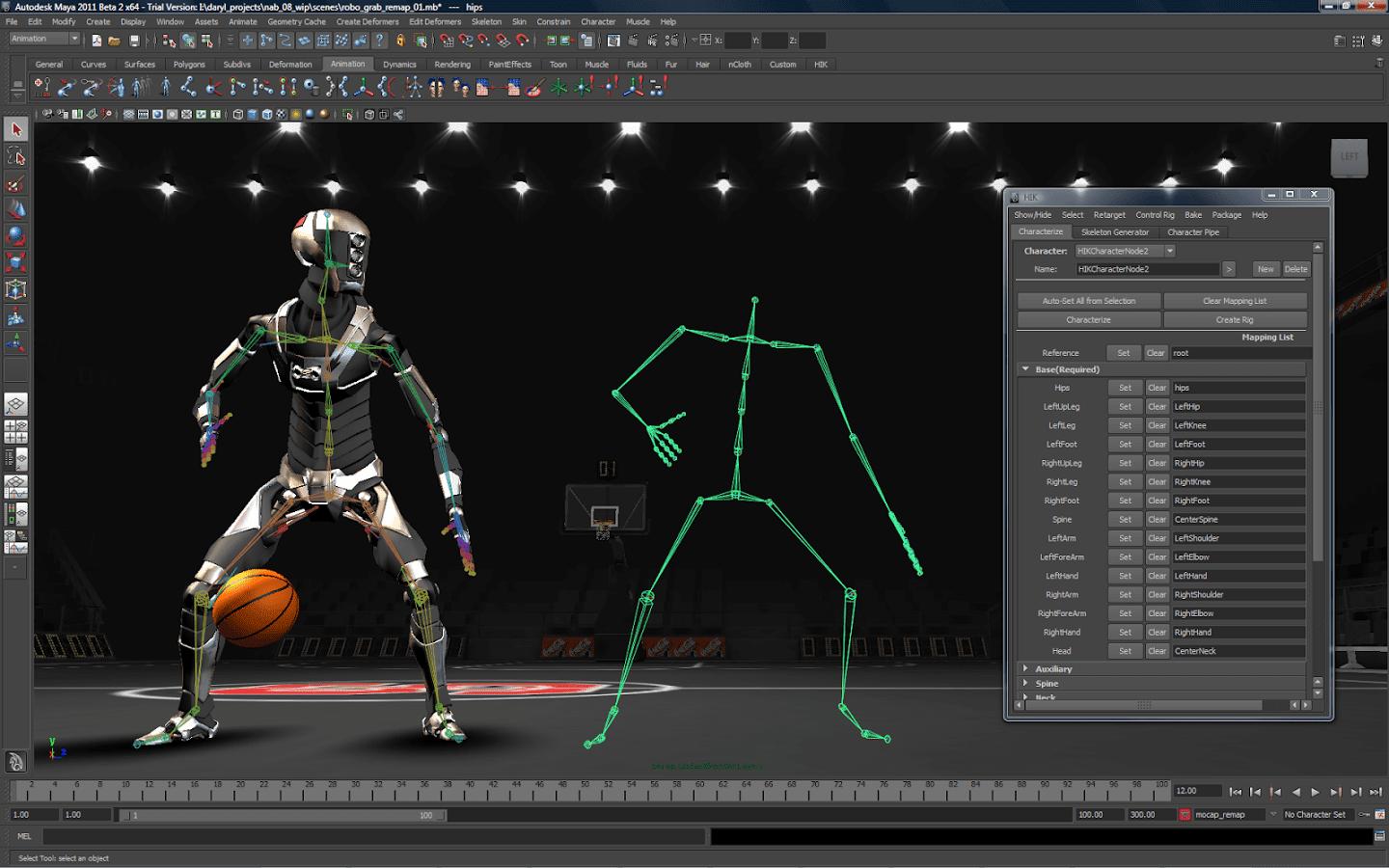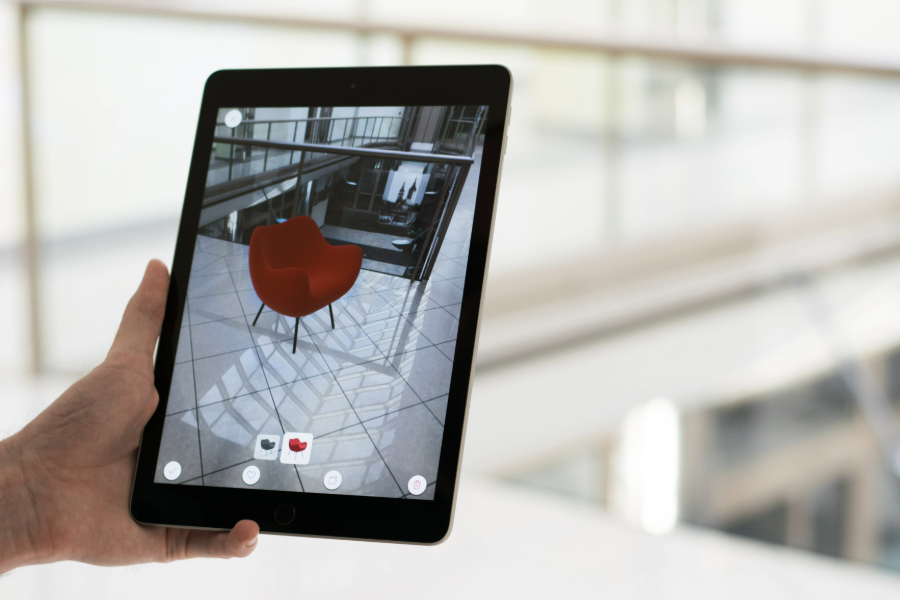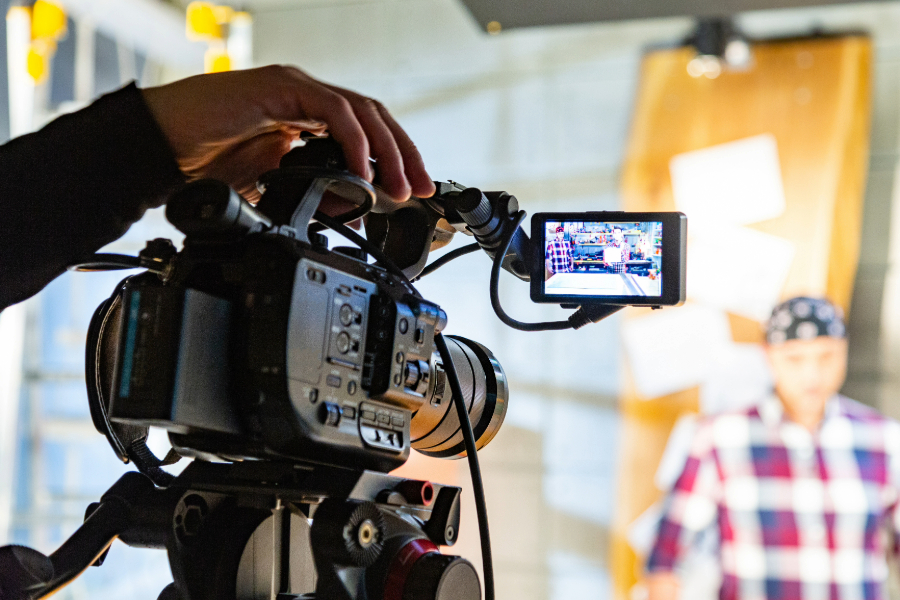Marketing allows you to reach your consumers and communicate your story in more ways than ever before. Print media is still alive for advertising purposes and online you can utilize blogs, eBooks, case studies, infographics, videos and podcasts to get your message out there. When you’re developing your marketing plan, it’s important to consider which mediums your consumers go-to for entertainment and information. Isolate your key consumer demographics and concentrate your efforts on the type of content they want.

Who Prefers Video?
Generationally, the majority of those 55 years and older show the most preference for emails and newsletters while younger generations prefer video. Though, that’s not to say that young people don’t read or that the Baby Boomer generation doesn’t watch video. In fact, consumers in the Boomer generation, as well as every other generation, are continuing to watch more videos, with video usage growing by 100% every year!
If you are relying solely on a blog, you are off to a great start, but you’re missing out on the enormous impact video has on content consumption. This year, video will account for a staggering 85% of internet traffic in the US.
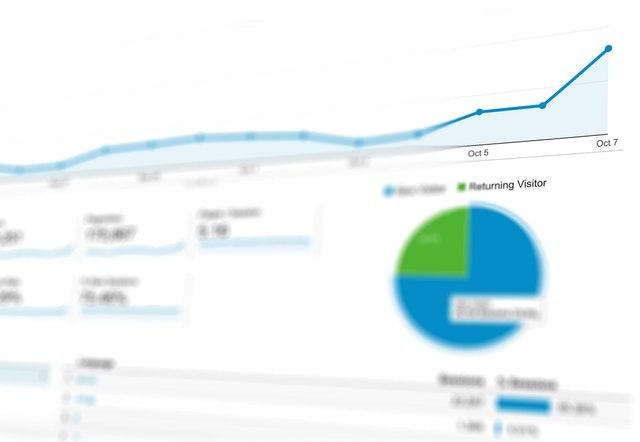
Why is Video King?
81% of businesses use video as a marketing tool. Including a video on a landing page can increase conversion rates by 80%. 65% of video viewers watch more than ¾ of a video. 92% of mobile video viewers share videos with others. 55% of people watch videos online every day. Those are statistics you want a piece of.
Most people are visual learners. We remember something better if it’s shown to us, and people enjoy being entertained while taking in information. Watching a demonstration of a product or a service allows us to fully grasp what is being offered. It also gives us more insight into the company than plain text does.
A video helps you connect to your audience. People tend to trust more of what they see rather than what they read, in turn, video builds trust between you and your audience.
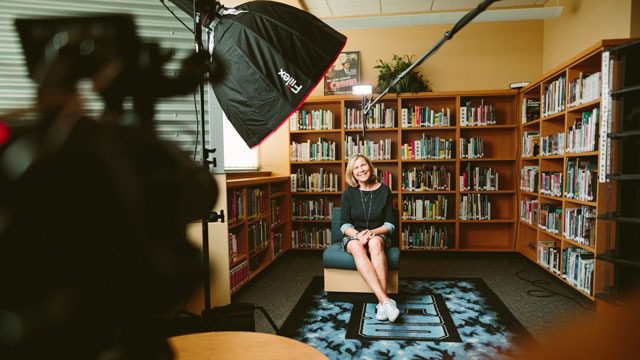
Plan Your Video
Of course, you don’t want just any video. For the highest conversion rates, people must first find your video, want to play your video and preferably, watch the whole thing. Once your consumer has watched your video, what action do you want them to complete? Remember, people have very short attention spans.
Know Your Consumer
Make sure you have created several consumer personas in order to know exactly who is clicking the play button, right down to her shoes or his power suit. Does she have a stack of paperwork sitting next to her desktop? Is he in-between conference calls?
How will your video be worth their time and more importantly, be memorable? Even if you just lost her to her responsibilities and him to another call, you want them to remember what they watched when they’re thinking of your product or service later.
When having your video produced, you’ll be a step ahead if you can clearly picture and articulate who your key consumers are.
Which Type of Video is Best?
Depending on your company and the message you want your audience to receive, you can choose any one or combination of video types. Here are 12 types of videos that work for well when trying to convey your message to the B2B consumer.
Also, the relatively new type of video, 360-degree video is an incredible way to engage the viewer and present information in a very fun way, from every angle. See an example of a 360-degree video here.
Think about which video best reflects your brand message.
Video Specs
Another major consideration when producing a video is length. There are many schools of thought on this topic and again it will depend on your consumer personas and your goals. It’s widely accepted that shorter is better when trying to get a quick idea across. You don’t want anyone to stop watching right before your conclusion and call to action. You can produce a few videos of varying lengths to test different outlets and audiences. Perhaps you want to create a video series, the first being the free offer with subsequent lessons cut into bite-size chunks to use as your subscription or membership opt-in.
You should also think about how your video will be viewed. Popular social media, including Facebook and Instagram, commonly play videos on mute unless the video sound is manually turned on. Ensure that your message isn’t lost if your video plays without sound by including text or subtitles.
In addition, different platforms have different optimal video dimensions. For instance, videos with a 1:1 aspect ratio are recommended for Instagram. Videos that are in a landscape format with a 16:9 aspect ratio are best for Facebook.

Make Your Video Work for You
Once you have a video that you can’t wait to share, what to do with it? Your landing page is a great place to start, but there are a few decisions you need to make. Should your video be auto-play or press to play? There are arguments for both sides of course, but ultimately you can decide if auto-play, for instance, is intrusive or if it works with your video. Also, make sure you have an eye-catching thumbnail image to maximize your video views.
Share Your Video
Posting your video on social media platforms allows for quick consumption and limitless sharing. You can also boost the video on your social media for a fee or use pay-per-click options through Google Ads. Begin with a dollar amount within your budget for a set period and observe the results through metrics offered on the social media platform or Google Analytics. From there you can adjust your spending and exposure accordingly or try an alternate method.
Email is another way to share your video with your consumers. MailChimp and Constant Contact are common websites that allow businesses to send out professional-looking email campaigns to their contacts. These mailing platforms make it simple to insert videos into an email and share them with your target audience.
Also, utilize YouTube to gain maximum video views. YouTube is the top video sharing platform, even more popular than TV! There are many other video sharing sites you can use as well. Here is an excellent summary of them. The list includes how many visitors the sites get each month as well as helpful information about cost, video quality, and length as well as the target audience. But for the widest audience and familiarity factor, YouTube is undoubtedly the king, visited by every demographic for education, entertainment, and entrepreneurship.
Inspire Consumers to Act
After a person has watched the video, it is critical to have a call to action on the page. This is your chance to ask your audience to give you a call, try your new eBook, sign up for your newsletter, or watch another video to learn more! Call to action buttons should be easy to spot. Your landing page should remain relatively clear of other action buttons and titles with bold headlines, as these could confuse the consumer.
In sum, video is a powerful tool to embrace as part of your content marketing plan. Keep your audience and your intentions in mind during the production and distribution processes. Deliver it appropriately and efficiently and follow through. You dreamed it up. Now go share it.
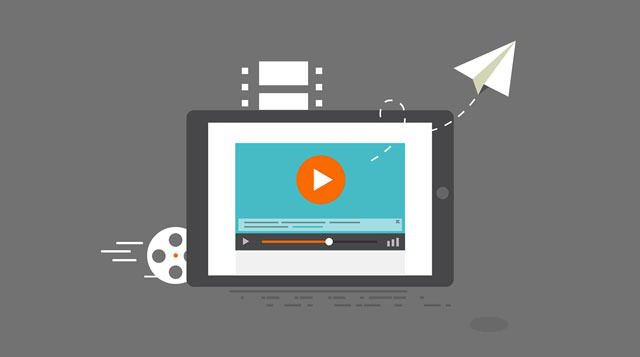
We hope you found this valuable.
Did you enjoy this post? Yes? Let us know!
Who is Point in Time Studios? We are a video production company located in Phoenix, Arizona. We specialize in Corporate Video, Student and Multifamily Housing, and Virtual Reality. Please learn more about Point in Time Studios and see more of our work.
